PED NEWS RELEASE
New Mexico high school students will have access to as many as 3,000 paid summer internships next year, giving them hands-on work experience in careers ranging from health care to technology.
The New Mexico Public Education Department’s Summer Enrichment Internship Program, launched in 2021, is expanding through a new statewide coalition led by Education at Work. The eight-week internships will focus on high-demand industries identified by the Department of Workforce Solutions.
“Students from every corner of our state can explore careers, gain hands-on skills and chart a path to a meaningful future,” said Public Education Secretary Mariana D. Padilla.
“As AI and automation transform the nature of first jobs and early career experiences, students need to graduate not just with an education, but with practical, hands-on work experience,” said Jane Swift, chief executive officer of Education at Work and former governor of Massachusetts. “That’s why forward-thinking states like New Mexico are integrating career exploration and real-world learning earlier in the K–12 journey — so more students can build the skills, confidence and connections they’ll need to thrive in a changing economy.”
Other partners include American Student Assistance and the Work-Based Learning Alliance. American Student Assistance will provide career exploration tools, structured learning activities and program management. The Work-Based Learning Alliance will use its technology platform to guide students through structured activities and a final project to help them reflect on their experiences and plan for college, job training or employment after high school.
Research from American Student Assistance (ASA) shows that fewer than half of Gen Z students feel they have enough information to choose the right path after high school — highlighting the need for early exposure to real-world careers. And while nearly 80 percent of high school students say they want work experience before graduation, only 34 percent know about available opportunities and just 2 percent have completed an internship. More information is available in ASA’s Degrees of Risk study on Gen Z career pathways and its Work-Based Learning Best Practices guide, which features New Mexico as a national model.
New Mexico employers — from local small businesses to national companies with a presence in the state — are invited to host paid high school interns. To learn more and sign up to participate, interested companies can contact [email protected].
About Education at Work: Founded in 2012, Education at Work (E@W) is a national work-based learning nonprofit dedicated to helping students earn while they learn, gain real-world experience, and level up their career future. To learn more, visit educationatwork.org or connect on social media: LinkedIn, Instagram or Facebook.
About American Student Assistance® (ASA): American Student Assistance® (ASA) is a national nonprofit at the forefront of changing the way kids learn about careers and prepare for their futures through access to career readiness information and experiences for all. ASA helps middle and high school students to know themselves – their strengths and their interests – and understand their education and career options so that they can make informed decisions. ASA fulfills its mission – in schools and beyond the classroom – by providing free digital experiences, including Future Network®, Futurescape® and EvolveMe®, directly to millions of students, and through advocacy, impact investing, research, thought leadership, and philanthropic support for educators, intermediaries, and others. ASA fosters a generation of confident, crisis-proof young people who are ready for whatever path comes next after high school. To learn more about ASA, visit www.asa.org/about-asa.
The Work-Based Learning Alliance: The Work-Based Learning Alliance (WBLA) is a female-founded and led nonprofit whose mission is to provide all high school students across the United States with access to industry-connected learning experiences that develop the real-world skills needed to succeed beyond the classroom. In less than 2 years WBLA has delivered over 230,000 hours of work-based learning to more than 2,500 students across 16 states, and paid in excess of $3,000,000 in stipends.

 505-898-6262
505-898-6262




 Service Areas
Service Areas























